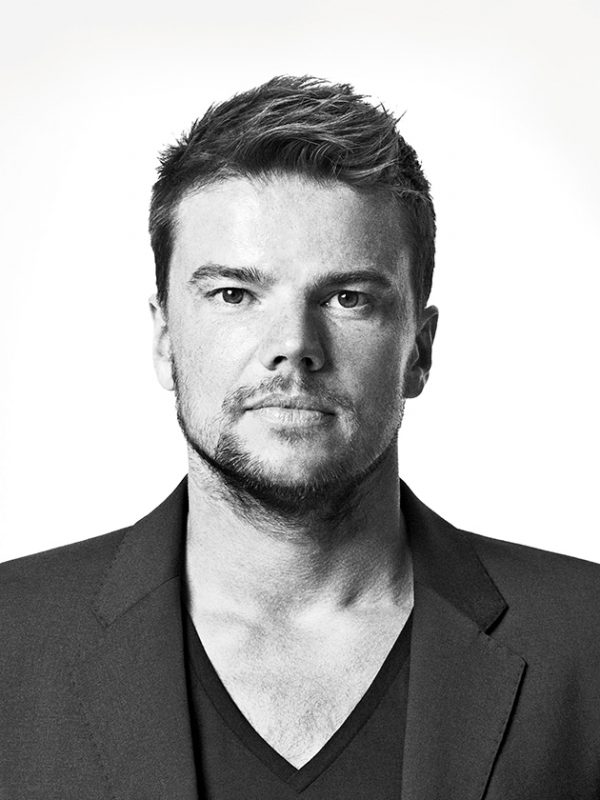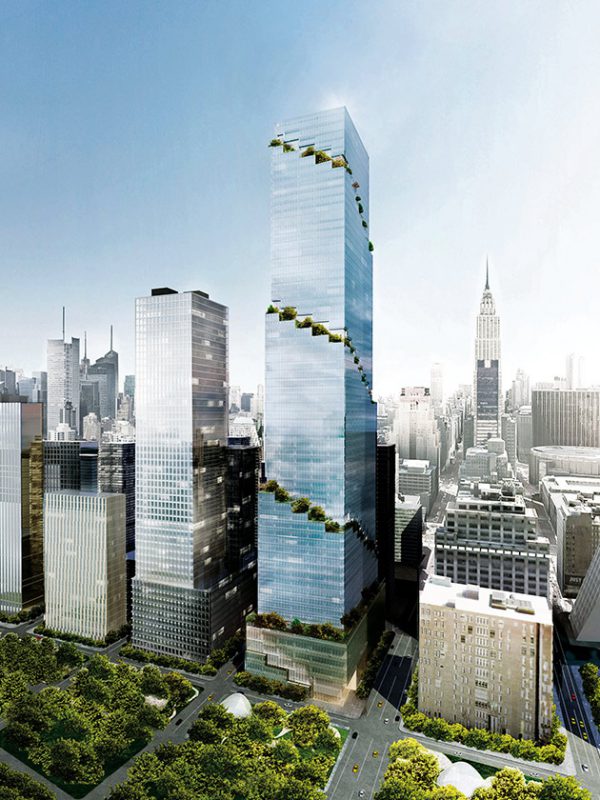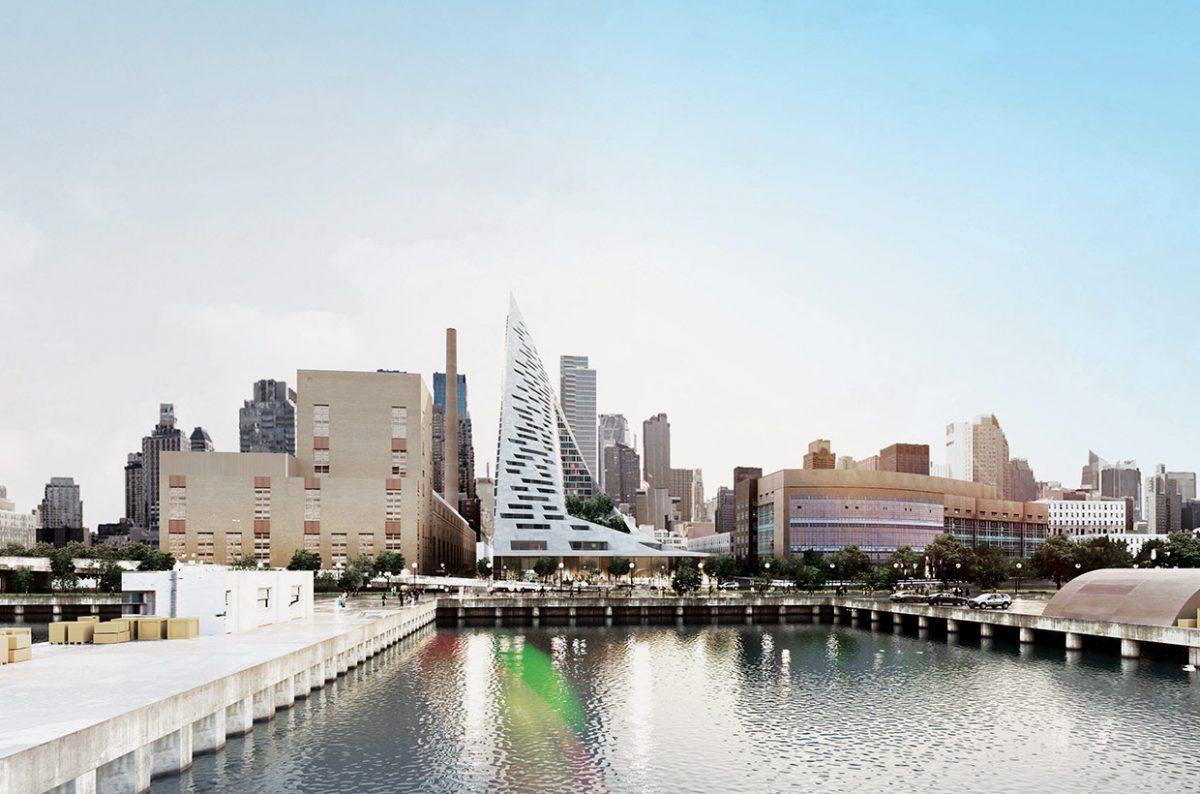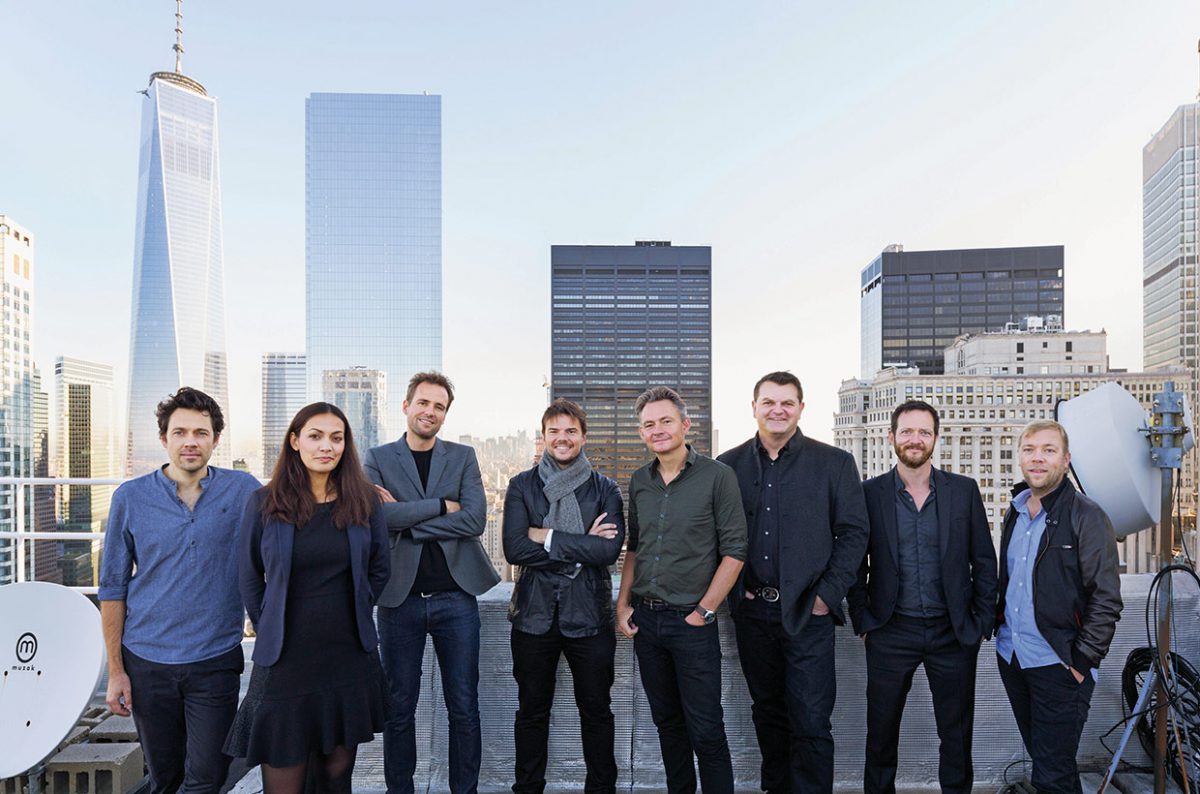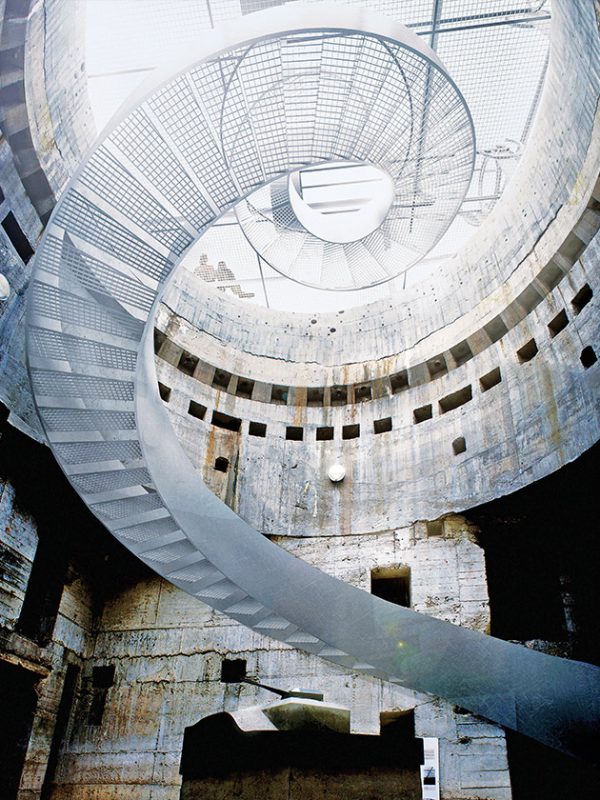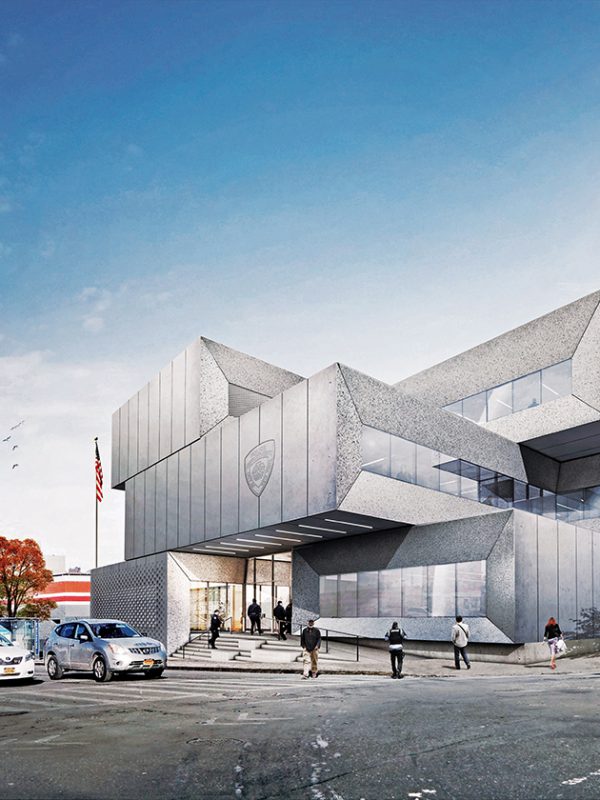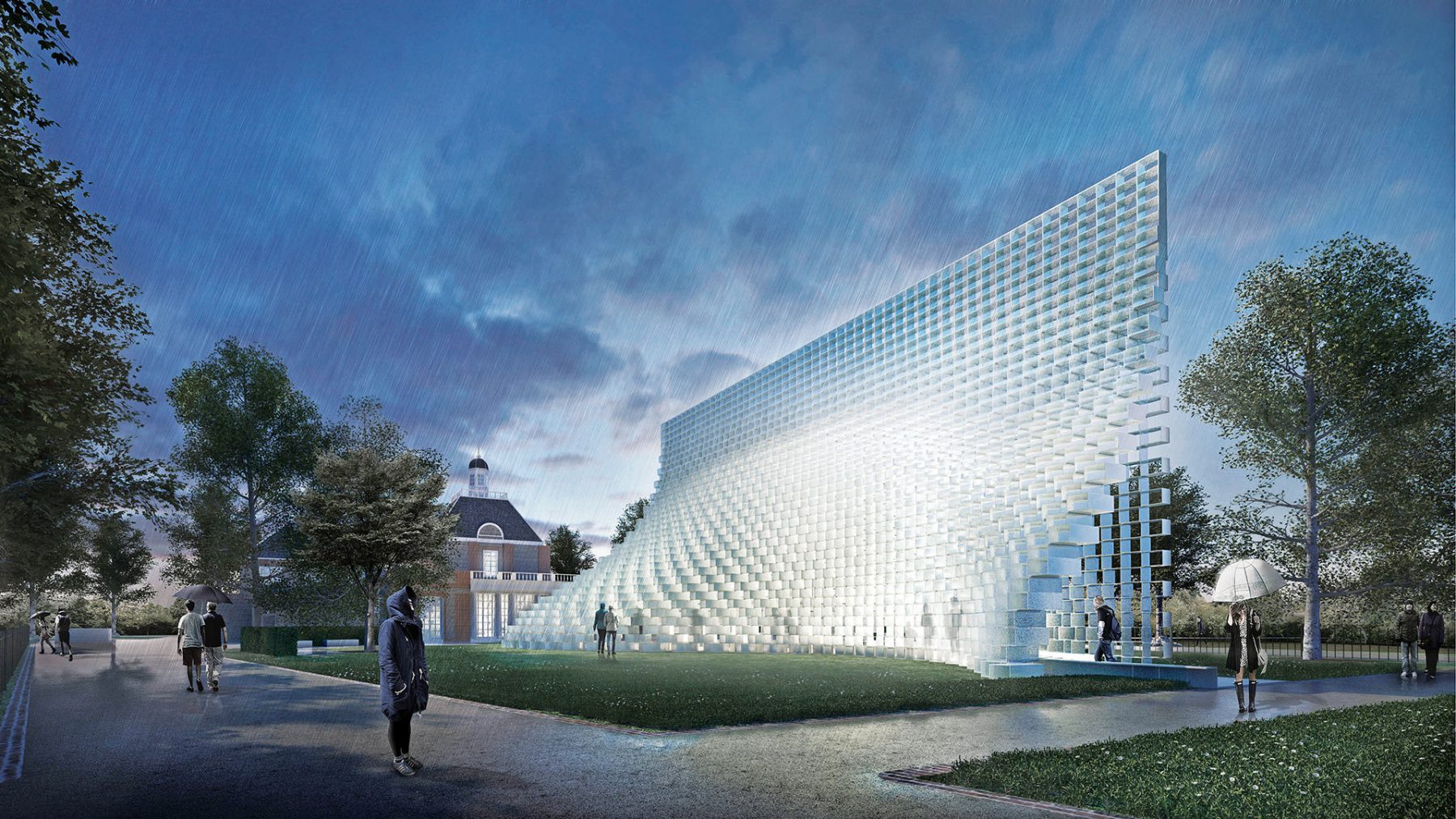BIG - The Playmaker by Uta Abendroth | 2nd September, 2016 | Personalities
Initially, Bjarke Ingels wanted to be a comic book illustrator. Instead, he became one of the world’s most sought-after architects. His unconventional approach is evident in all his designs. For the Dane, whose BIG studio has offices in Copenhagen, New York and London, building ecologically does not mean foregoing comfort or joie de vivre. Quite the opposite – his buildings combine the best of European traditions with visionary imagination.
From 2017, visitors will be able to ski on the new garbage incineration plant due to open in Copenhagen. At a World War II German army bunker in the Danish coastal town of Blåvand, art lovers will enter by ascending what looks like a floating spiral staircase. Office workers at the Spiral Tower in Manhattan will feel like they are in a hanging garden, thanks to the terraces that coil around the building. It is these seemingly incompatible contradictions that turn a BIG building into a very special experience. The essentials, technical specifications and environmental awareness are contrasted with effortlessness, and playful, surprising elements. Bjarke Ingels, the founder of the architecture group, sums it up as follows: “We collect ideas, come up with crazy things and then try to find solutions.”
This approach has helped him hit the bull’s eye again and again. The visionary always emphasizes that he is part of a larger team, hence the name BIG – “Bjarke Ingels Group.” At the age of 42, Ingels can already look back on an extraordinary career. Having completed his architecture studies in Copenhagen and Barcelona, he worked in Rem Koolhaas’s studio in Rotterdam for three years. In 2001, he opened an architectural firm with his Belgian colleague Julien de Smedt. After five years the two parted company and Bjarke Ingels founded BIG in Copenhagen. German-born Kai-Uwe Bergmann has been with the company for 10 years. He is a co-owner of the studio and one of twelve partners. “When he refers to the studio, Bjarke will never use the first person singular. He always talks about ‘BIG’ and includes everyone,” says Bergmann. This is perhaps a typically Scandinavian recipe for success – flat management structures and a collective, collaborative approach. Roughly 350 employees from almost two dozen countries make up the global team. Most of them, including Bergmann, are based in New York. Bjarke Ingels is involved in each project on both sides of the Atlantic. He spends roughly one third of the year in New York, one third in Copenhagen and the rest traveling around different construction projects. In the last 15 years, BIG has completed one building a year – pragmatic and visionary at the same time.
The job of an architect, however, has changed dramatically over the last few years. It is no longer just about buildings, regardless of their scale. Climate change has produced a set of completely new challenges for the profession. “Today architects are expected to take responsibility and to find long-term solutions,” says Bergmann. “This change has always been a key focus of our work, and we have never shied away from it.” About twelve years ago, for example, BIG came up with the idea of a huge harbor on the North Sea, to “liberate” the Danish coastline from the shipping industry. As part of the project the studio had to wrestle with energy and transport systems, as well as with food and water management. The “Super Harbour” has remained just a vision, but the subject of water management is something that BIG deals with to this day. As part of the “Dryline” project, the southern tip of Manhattan is going to be strengthened with the sort of levee everyone is familiar with from the Netherlands. After hurricane Sandy, which caused considerable devastation in and around New York in 2012, it was obvious that the flood protections of the metropolis had to be improved. Like a gigantic letter U, the Dryline – New York’s largest open space project since the construction of Central Park – will be hemming in the southern tip of Manhattan, which is located on the banks of two rivers. But the project would be unworthy of BIG if it did not combine sustainable flood defenses with green spaces, skateboard ramps and pavilions. Add to that, a 16-kilometer cycle path – the only one in Manhattan that does not require you to cross any roads. This is because Ingels approaches each project like a kind of creative analyst: “We ask ourselves: What is the biggest problem and what is the greatest opportunity?” explains Bergmann.
With the “W57” building in Midtown, BIG’s first New York project has just been completed. The 142-meter-tall building with its 750 apartments looks like a skewed pyramid with a wildly tilted frontage and also features a European-style courtyard. The project includes a large number of green spaces, just like the Spiral Tower, which is still under construction. This is applied ecology, says Bergmann. “Greening has a double benefit. Rainwater no longer puts a strain on the sewage system, and with the evaporation we manage to cool the building by up to 2°C.” This might not appear substantial if you’re looking at a single structure. “But if you take 100 or 1,000 buildings and expand that to a decade’s worth of construction projects, you will start to understand the impact,” he adds.
“At its core, architecture is the art of turning fiction into reality.” Bjarke Ingels
With this innovative way of thinking, BIG has also won over internet giant Google. Together with the British architect Thomas Heatherwick, the group has been working for the last three years on bold designs for Google’s new campus in Mountain View, California. A type of super-roof will stretch across several buildings and create a microclimate underneath it, as well as letting in a lot of light and air. Because trees, green spaces, cafés and cycle paths will be interspersed throughout, the boundaries between buildings and nature will be blurred. The first designs were evidently so promising that Google – a company that currently has construction projects going in roughly 20 different countries – also commissioned BIG to design its new building in London’s King’s Cross area. BIG therefore decided to open another office in the British capital.
This summer, London was a special playground for Bjarke Ingels, who was commissioned to design this year’s Serpentine Gallery Pavilion. His temporary structure won over many with its subtle wit. Seen from different perspectives, the building looked completely different. From the front, the comparison to a zipper opening up sprang to mind. It also featured angles and curves, both rising and falling at the same time. At the bottom, the structure broadened out, while at the top it became extremely tapered – playful optical illusions. The 1,802 gray boxes that the building consisted of were open at their short ends, so that the surrounding park was visible from the inside, through the boxes. From a different angle, they seemed to form a smooth, even wall. A sophisticated jaunt into designing without a specific purpose in mind – for Ingels it was a welcome change from his megaprojects. Incidentally, he approaches his success, like everything else, with Scandinavian nonchalance. “I believe it frees more powerful energies if you deeply love what you do, rather than being terrified of it.”
